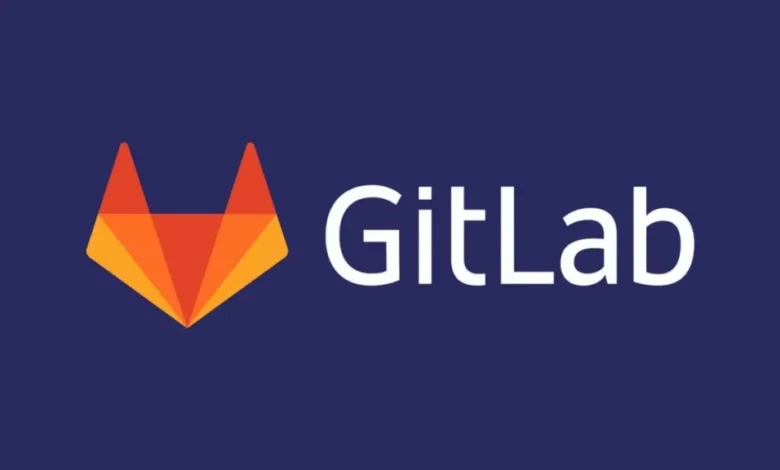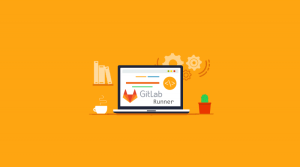Features of GitLab and its application in 2023

Do you know Features of GitLab and its application in 2023? Let’s begin by defining what GitLab is. A platform for online coding collaboration is called Gitlab. The platform can also evaluate code, keep track of mistakes, and run tests. In addition, the Betwinner apk has included respectable technologies. A programmer from Kharkiv named Dmytro Zaporozhets founded it in 2011. Zaporozhets first worked on the project on the weekends and in the nights, but in 2013 Sid Sibranji, a Dutch businessman, joined him. He is currently the CEO of the corporation, and Zaporozhets is in charge of the technical side.
Read More: Cartoon Avatars Are Now Available On Zoom
What is special about GitLab?

GitLab markets its self-titled product as a full-cycle DevOps platform. This utility is preferred by developers worldwide above individual add-ons to any other application.
GitLab is a tool for storing Git repositories and all subsequent ones in the cloud, as you may infer from the name. Version control is crucial while creating software, which is why we concentrated on GitLab’s features.
We also suggest reading a comparison between GitLab and GitHub.
Version control is important because it becomes impossible to maintain track of code versions and changes in serious developments, which typically include multiple developers. Together, it becomes clear that development will be successful and assured to be free of conflicts and coincidences of code fragments if a platform like GitLab is used.
The main advantages of a good version control system:
- Simplification of development
- Rational code management of one or more projects
- Support for the entire history of change
Functions and features of GitLab:
- Tracking. The solution offers the ability to track errors, change status, appoint a responsible person, etc.
- Integration. Flexible integration capabilities include a wide range of tools that can improve and accelerate the development process.
- Marking system. A simple labeling system is provided to simplify the classification of errors, queries, etc.
- Corporate decision. Licensing methods allow you to integrate solutions into the enterprise and work in a corporate environment.
- Wiki system. The file storage system is not interconnected and is completely independent. A separate repository is allocated for each project.
- Changes. The platform can solve problems of joint editing with several code developers.
- Authentication method. The platform is based on a system of roles, which already builds access to the repository or system elements.
- Import / export capabilities. GitLab offers extensive data import capabilities from numerous sources. Import tasks and problems from Jira or other similar systems, configure data integration and synchronization.
- Deployment. The solution offers a Kubernetes platform for deployment. In addition, the possibility of local or cloud hosting on the company’s servers is provided.
- Private storage. GitLab may offer private repositories that store open source code.
- CSV export. Ability to export all error trees as a CSV file, and send as an attachment as an email, when making changes to the branch.
- Confidentiality. A special module that allows you to create closed branches, which can only be accessed by project participants.
- Burn down Chart. The solution offers to track the process of working on the sprint, in the form of a so-called task combustion diagram.
- Analytics. A special section provides analytical data on the development process, tracking time spent, planning future tasks, monitoring current activity.
- Constant updates. Every 22nd day of the month, GitLab rolls out some updates for its product.
The GitLab solution is promoted as a trustworthy and solid platform that incorporates all essential features that might be helpful at any stage of the software development lifecycle. GitLab surpasses competition by focusing on DevOps tools and using continuous integration, moving to the next level.
Important user questions

What is GitLab for?
GitLab is generally used with Git, allowing developers to collaborate with one another on various projects and preserve written code online.
How does the Git repository work?
The system generates a file known as a commit after the developer saves a new piece of code. This is a snapshot of all the files that are presently being developed. To create a complete route of development history in this instance, the committees automatically build ties to other committees. It should be emphasised, nevertheless, that every developer keeps their code snippets in their individual local repositories, which are then combined with the team tree. GitLab is a service that stores Git repositories and combines a variety of development-related tools. You can integrate Jira, Ci Runner, binary attachments, release management, and much more with your own wiki system. Open source, which is developed in Ruby, is GitLab’s primary point of differentiation. The company offers an open core for integrating GitLab into the company’s local services and business processes.












One Comment